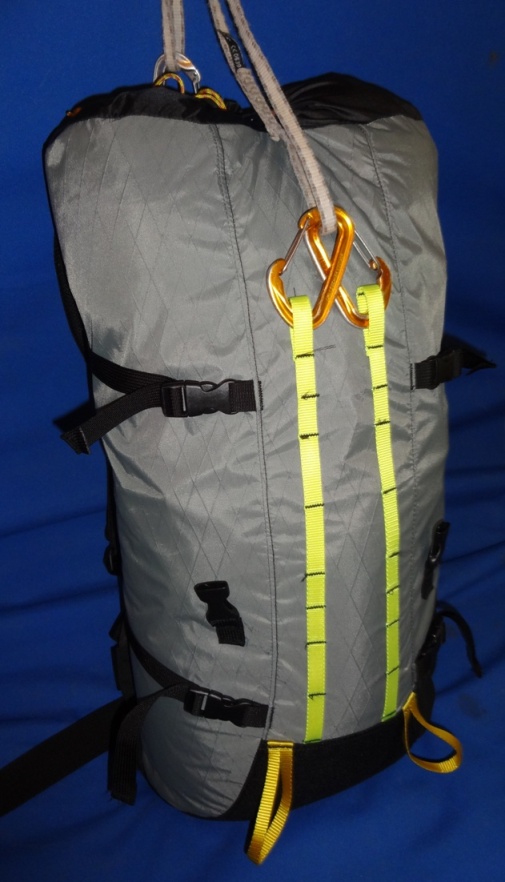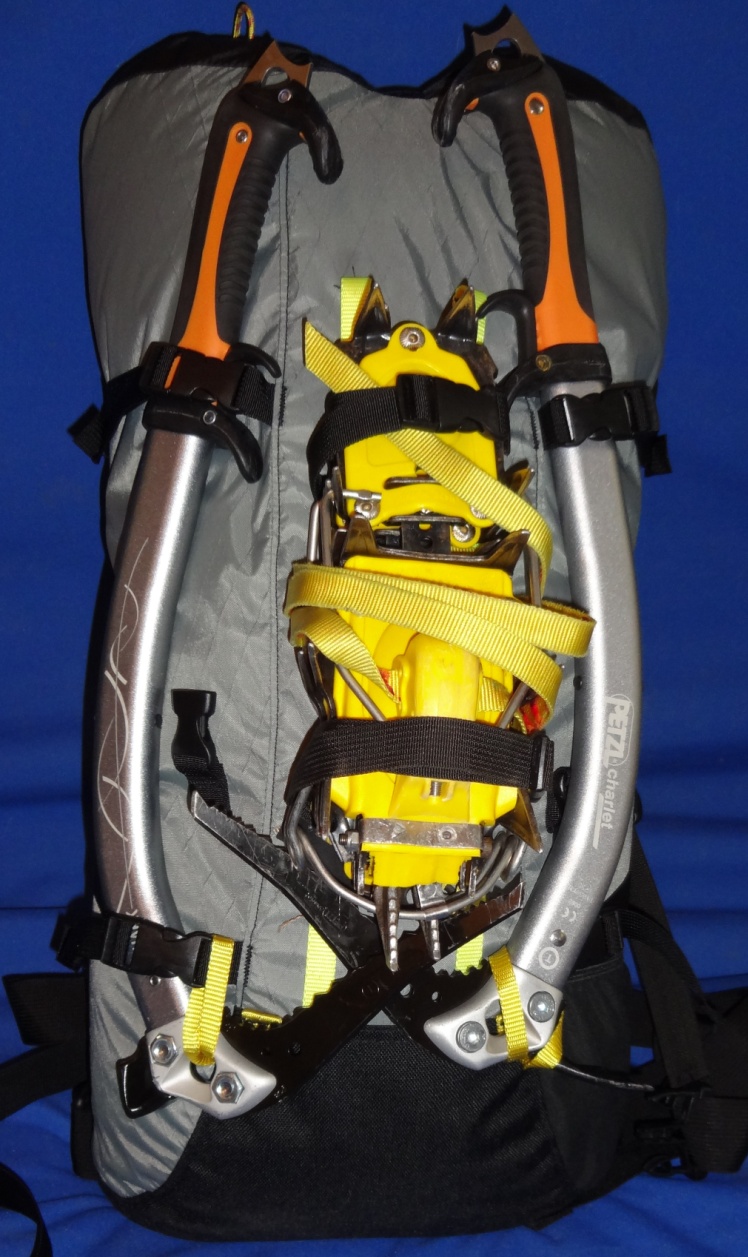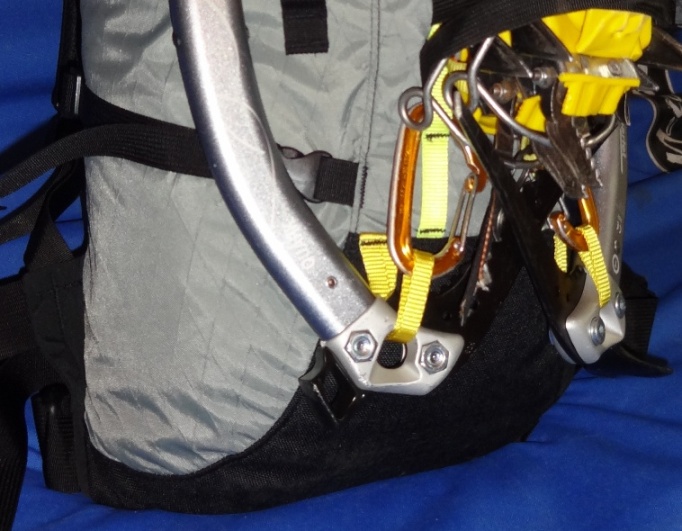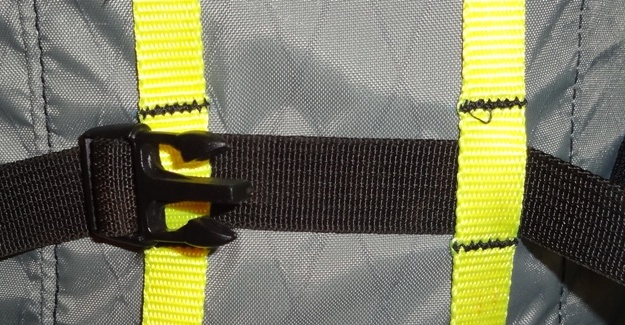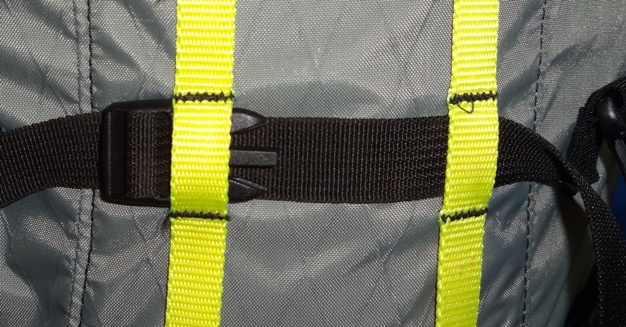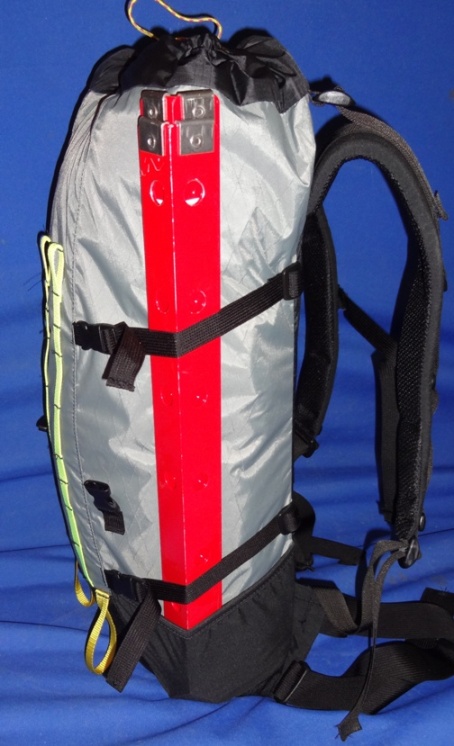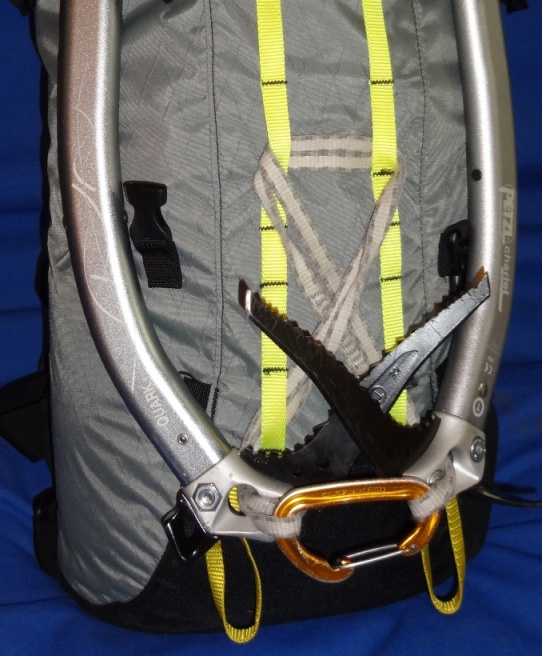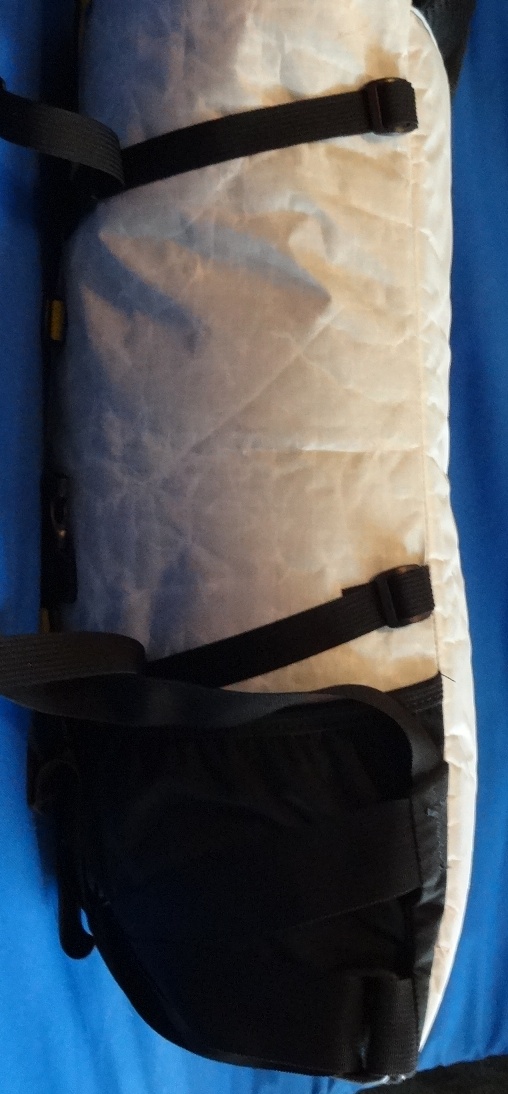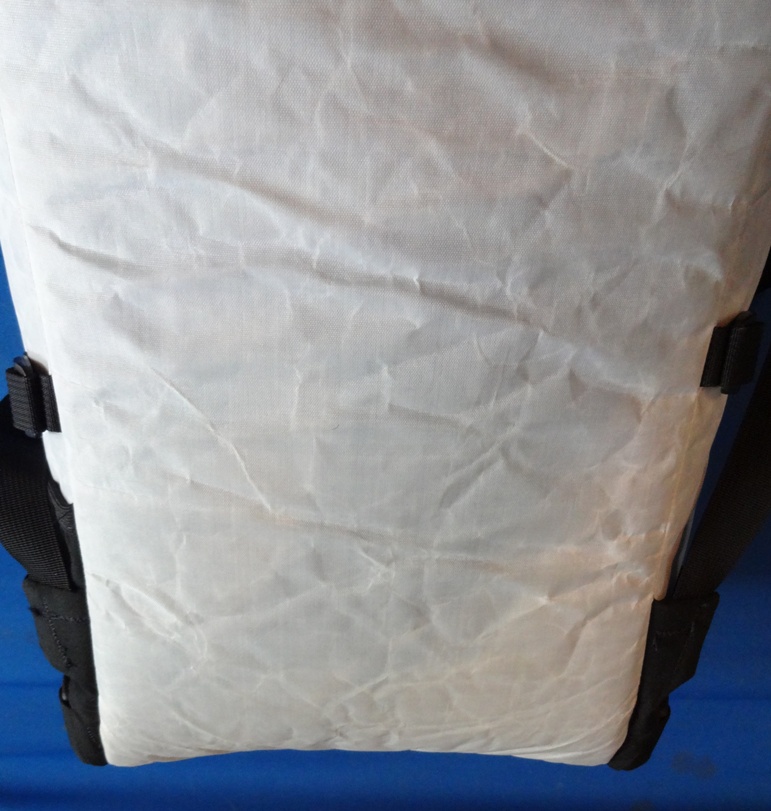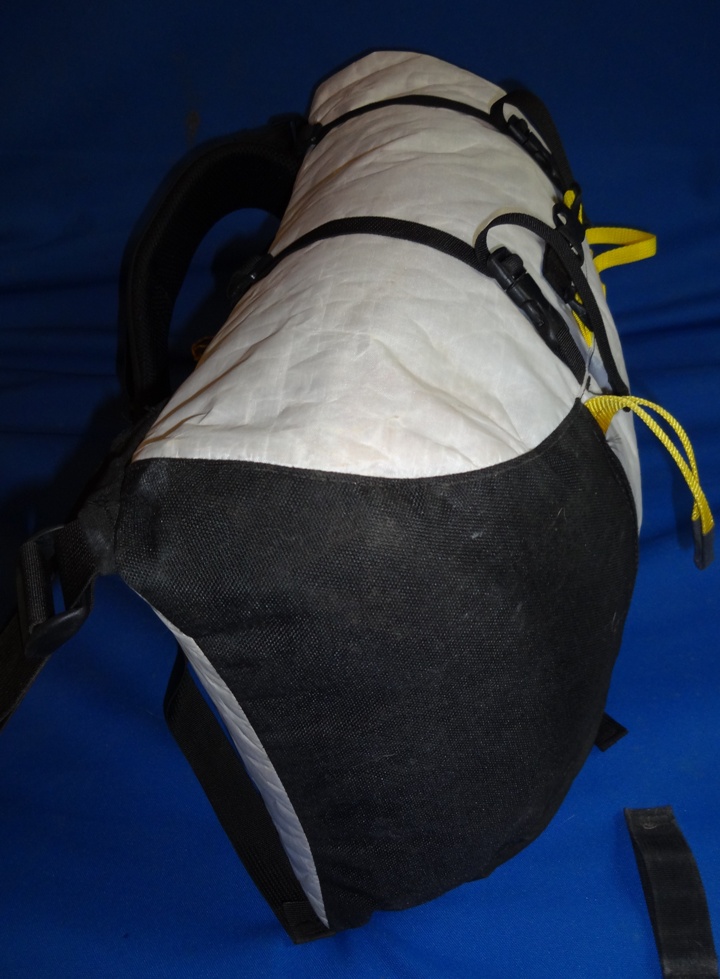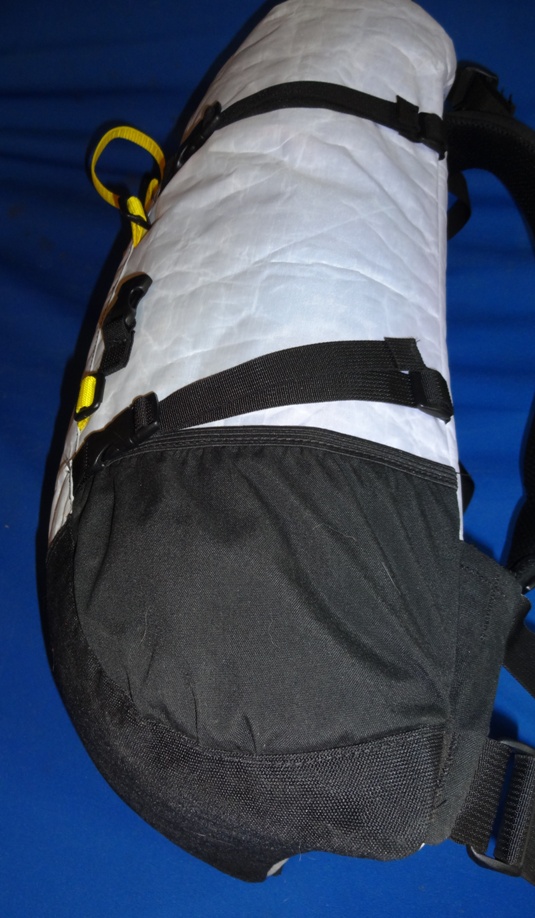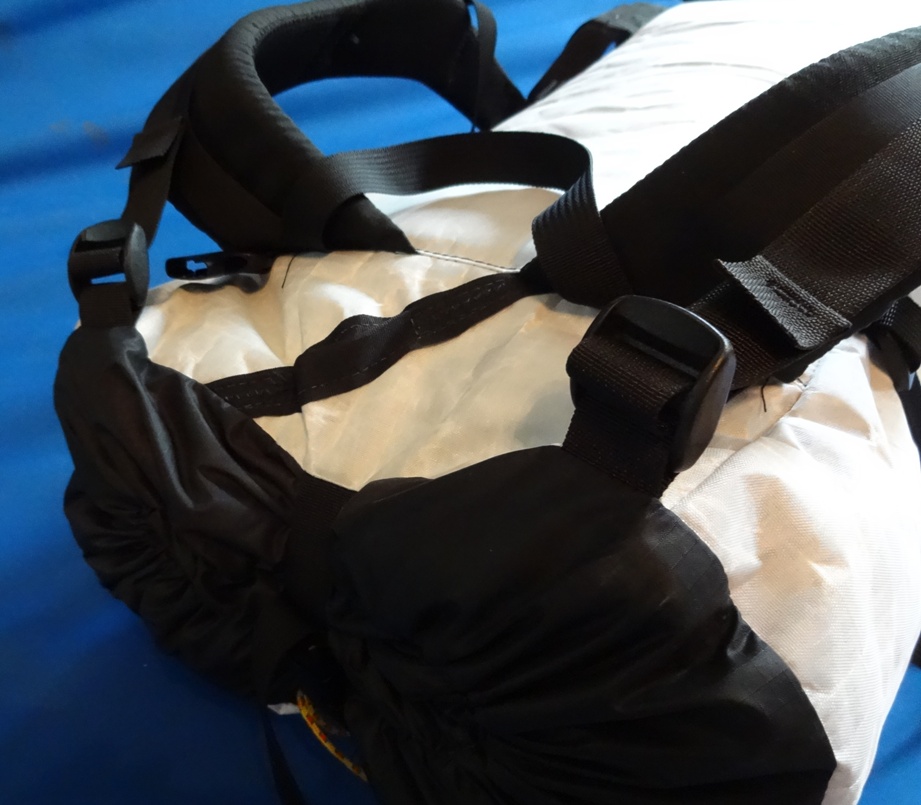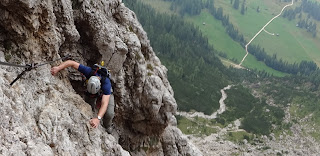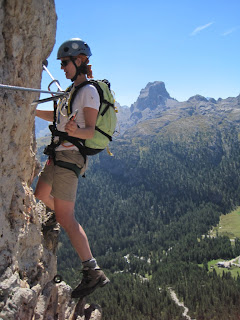Sustainability and Environmental Impact
We are a small cottage manufacturer with fair labor practices for all employees where the 2 climbing sole proprietors invest a portion of their salary into the company for the benefit of the company (like many other owners). Due to the nature of the work, we have avoided the use of “internships”. At many places, “interns” are paid inadequately and often paid less than minimum wage yet may receive no professional training. We do not participate in this non-mutually beneficial practice.
Currently no employees or owners commute to Figure Four via motor vehicle (this may change in the future). For other general purpose business travel, such as meetings, supply pick-ups, shipment drop-offs, etc., our current average vehicle receives EPA combined estimates of 33MPG/vehicle.
Due to manufacturing in Washington, a majority of our power is hydro-electric (69%) with approximately 4% from nuclear power. Our website is hosted by servers and data-centers powered by 100% wind energy.
Manufacturing Techniques
It is important to note that our first priority is to make a durable and functional pack with as small of variability in our product as possible. It is our belief that making a durable and functional pack consistently has the largest environmental impact by reducing the need for additional raw materials for packs, the transportation means for pack repairs, and/or the added research time/costs for a customer to purchase a new pack. If a manufacturer has a durable pack design without consistent manufacturing techniques, there will be many warranty issues that require extra time, raw materials, transportation energy, and production energy to repair or replace; these inconsistent manufacturing techniques drastically increase that manufacturer’s environmental impact.
We at Figure Four make durable and functional packs consistently by:
- Reinforcing many high stress areas with additional fabric
- Using 33% larger seam allowances (distance between stitch and edge of fabric) than the industry standard
- This reduces the chance of the interwoven fabric threads from pulling through the edges and compromising the seam
- This also increases consistency of our packs by providing an additional 33% seam allowance for inevitable human sewing errors
- Intelligently choosing our stitch length to try to optimize the seam strength
- Use nylon T90 thread to reduce thread breakage
- Choosing fabrics that reduce chance of the edges unraveling such as laminates like X-Pac (main fabric in our nylon packs) and Cubic Tech (main fabric in our Tau packs)
- Using laminate fabrics in many areas to replace fabrics with coatings, such as urethane or polyurethane, which can be susceptible to degredation/aging (i.e. stickiness or flaking off of coating)
- Cautiously using light weight materials to try to reduce going “too light”
- Use larger production cutting methods to reduce variability between packs
- Use a scaled “assembly line” manufacturing technique
- Same process is completed over-and-over for many packs
- Reduces variability between packs
- Generally test and redesign for at least 1 year for most pack designs to ensure the pack design is durable
Even though our main objective is to produce durable and functional packs consistently we still strive to do this with less environmental impact. For example, we:
- Use CAD programs to determine an efficient cutting lay out for each fabric
- There is at least 1.5-4% unusable fabric due to the edges
- Laminates generally have much straighter edges, reducing the unusable edge fabric
- For our soon to be released pack, we use an average of 83% of all the fabrics, including the non-useable edges
- Much of the unusable fabric is due to curvatures of the panels
- Produce very little waste of nylon webbing or cord (<1 li="li">
- Random users reuse our remaining fabric
- Random users reuse our remaining foam
- Recycle all unused HDPE
- Recycle most paper waste
- A majority of our fabric is US made and sourced from US manufacturers with US environmental regulations
- We use Dimensional Polyant laminates for the majority of our nylon laminates
- The laminate process is completed in Connecticut using US made adhesives and films
- We use Cubic Tech laminates for the majority of our Tau Series packs
- Use US made thread
- Use more environmentally friendly silicon labels instead of PVC or rubber labels
We use sewing machine oil for machine lubricant during the manufacturing process of all of our current pack designs. Extra layers of Cubic Tech fabric are adhered to high stress areas to ensure the longest life possible for our Tau Series packs made from Cubic Tech fabric. This process requires the use of isopropyl alcohol as a cleaning agent, an urethane adhesive, and a curing agent/thinning agent consisting of ~92% Toluene, 0.5% Dibutyltin Dilaurate, and ~7% SiO2. Though we have used less than 200g (7.1oz) of the urethane adhesive and 60g (2.1oz) of the curing agent due to the small amount of reinforced areas and thin application process, we plan to redesign the pack in an effort to eliminate the use of these chemicals.
We at Figure Four believe that sustainability and environmental stewardship is a lifelong path that requires continual development. We look forward to developing designs that continually improve our fabric use efficiency, reducing the energy consumption necessary to manufacture our products, and continually monitor and improve new sustainability environmental impact areas of our business. We welcome and look forward to any comments or suggestions our customers may have regarding Figure Four’s sustainability and environmental impact practices.

